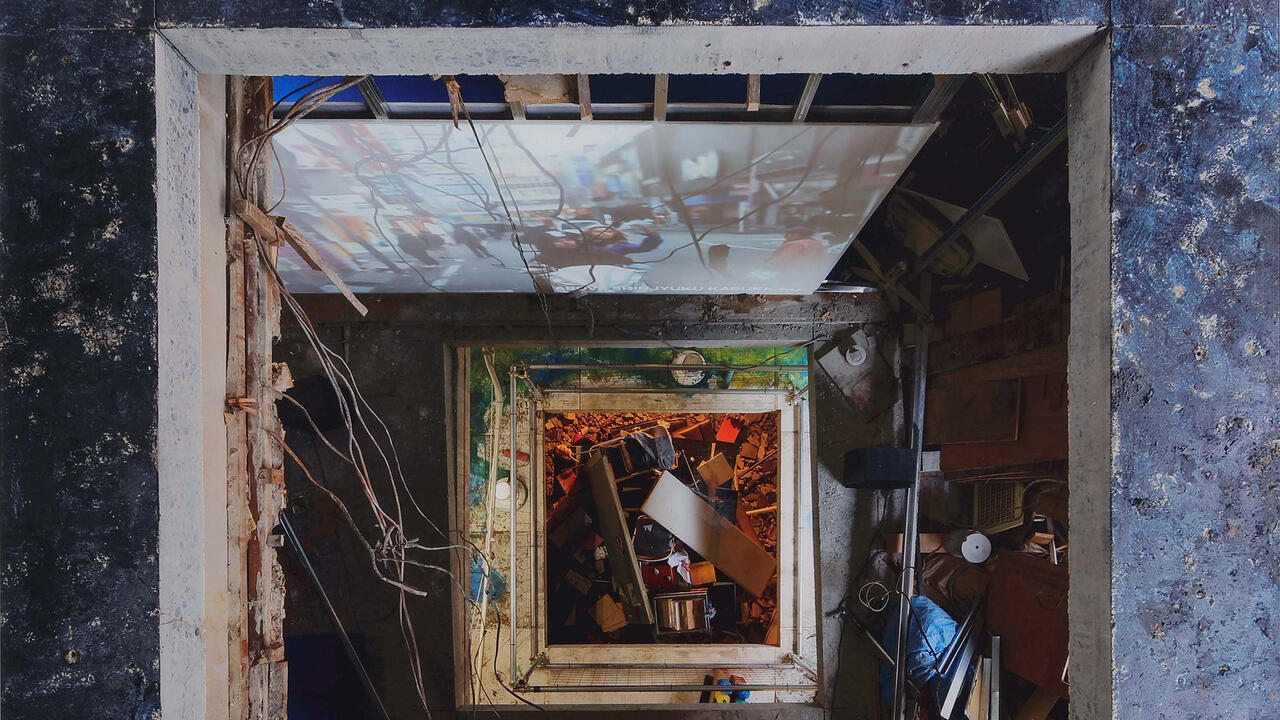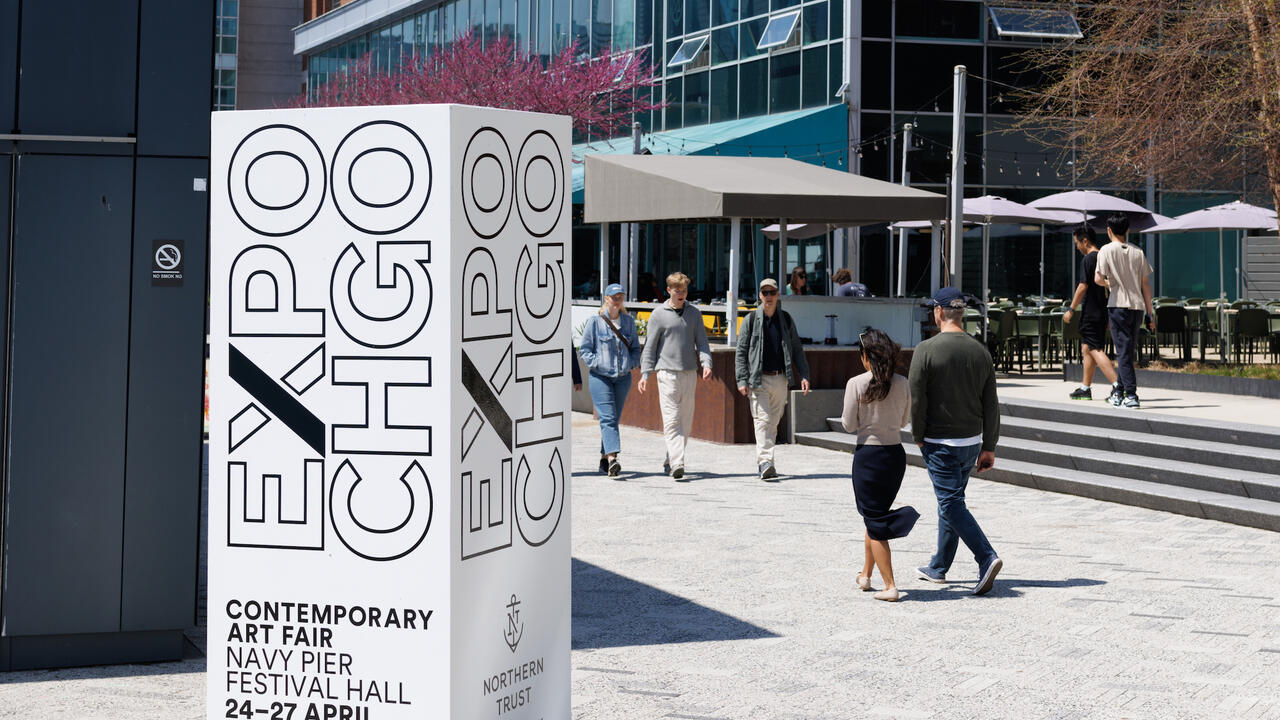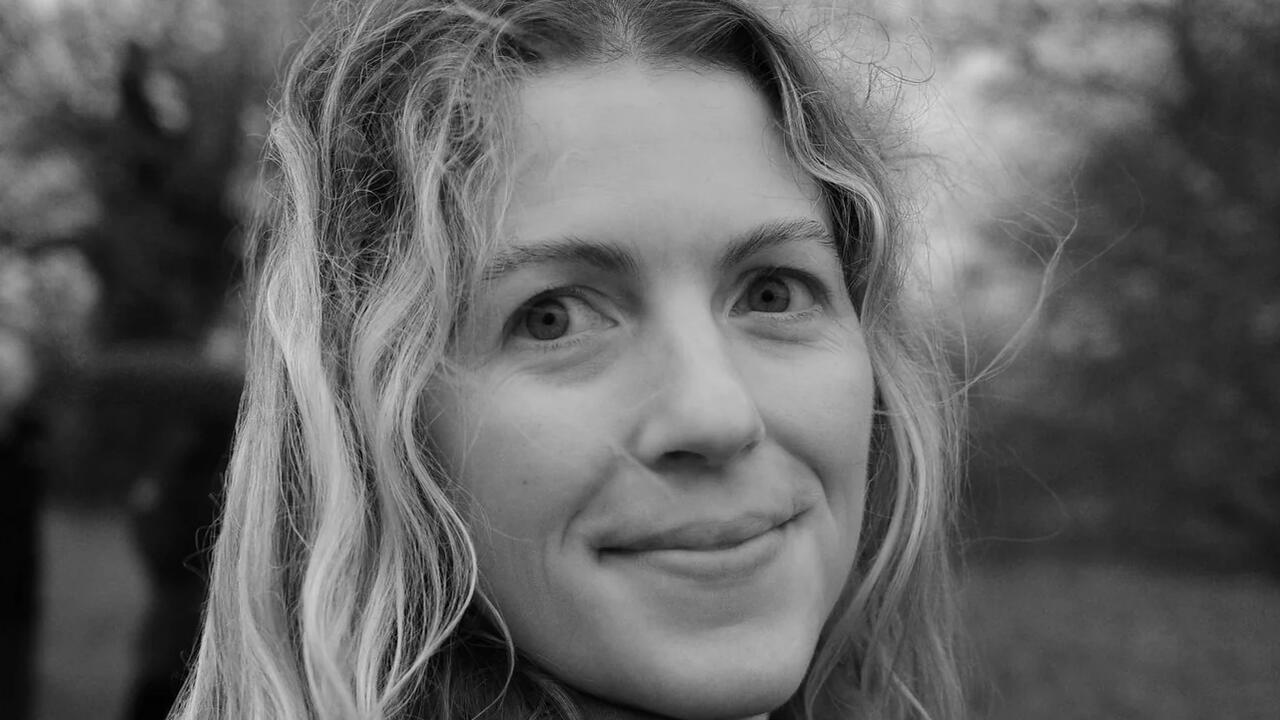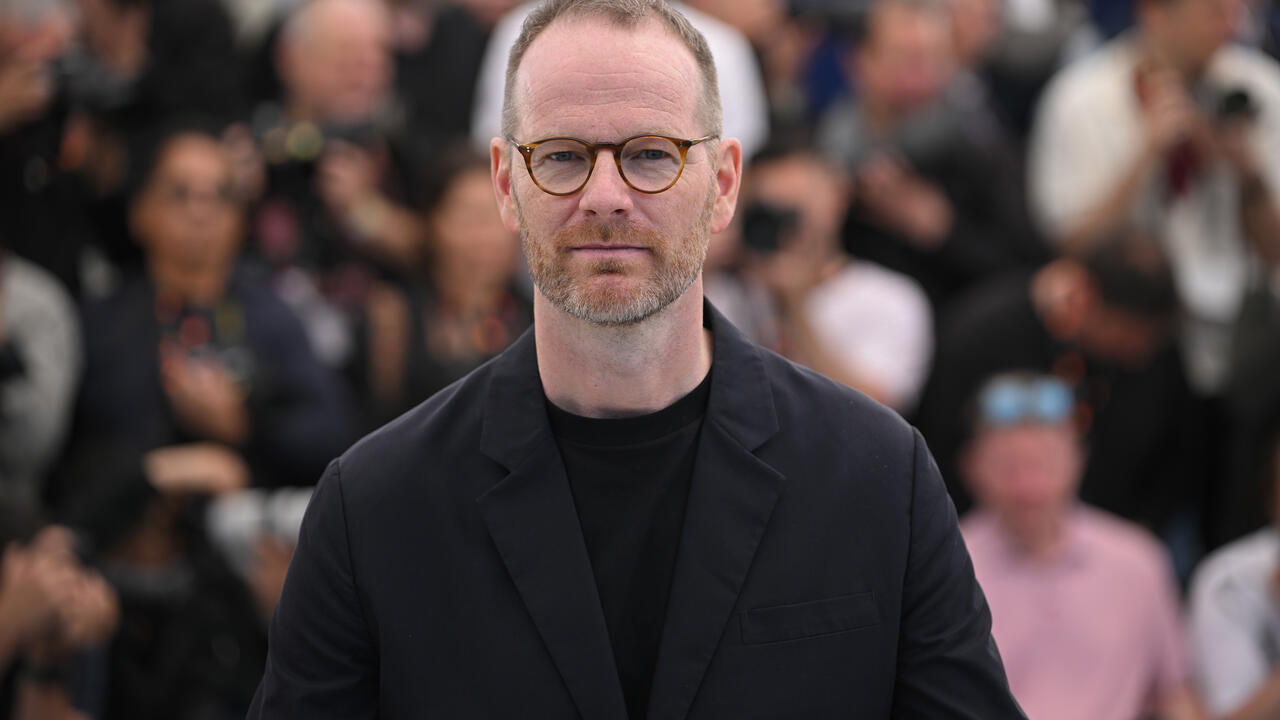Liverpool Biennial

It would be churlish to knock the stated intentions of Liverpool’s fourth Biennial of Visual Art. While other biennials may draw criticism for riding roughshod over their local contexts and audiences, Liverpool’s organizers continue to be keenly attentive to the city’s many thousands of citizens, who every two years tolerate the influx of the contemporary art world. Many, of course, hold that world in no small suspicion, but as the city approaches the self-fulfilment of its ‘2008 European Capital of Culture’ prophesy, all hands appear to be on deck to effect the necessary transformation that will turn Liverpool into a thriving international cultural hub.
Across the city cranes teeter over construction sites, conspicuous signs of the regeneration that is taking place around the older buildings at their feet, many of which contain the biennial’s exhibition spaces and site-specific works. While ‘consultants’ Manray Hsu and Gerardo Mosquera trumpeted no single theme running through their biennial, their insistence on work that is sensitive to its surroundings meant that the concerns of the city tended to be reflected in those of the artists, the majority of whom were commissioned to make new works. The ongoing architectural conversation between the future and the past was a recurring device through which many artists, including Lisa Oppenheim and Carlos Garaicoa at the Open Eye Gallery, explored wider ideas of memory and loss.
Down the road, in what initially seemed to be an irritating piece of hipster tomfoolery, the track-suited and moustachioed Kingpins could be seen larking about among mock-Tudor houses in their video installation Hieronymous Posh (2006). The work became more interesting when it was revealed that the group are in fact all women, and that the video was shot in Port Sunlight, a twee model village near Liverpool built in the late 19th century with philanthropic zeal by the soap magnate Lord Leverhulme. Although the community was founded on aspirations for cleaner and brighter standards of living, the Kingpins gleefully contaminated the sanitized formality of their surroundings in costumes that approximated the garish clubwear of contemporary working-class Liverpool. At FACT Matthew Buckingham’s elegiac film Obscure Moorings (2006) followed an ageing dockworker as he moves through the city like a ghost, hardly noticed by those he passes. In the gallery a carpeted wave shape took the place of tiered seating and created a sense, when sitting on it, of being lifted into the projected image and then propelled through the film by its immaculate editing. In her olfactory study in urban memory, OUTSIDEIN (2006), Sissel Tolaas analysed and attempted to reproduce smells captured throughout the city, impregnating areas of the gallery with musky odours corresponding to the north, south, east and west of Liverpool. In what is becoming something of a biennial cliché, artists Riga 23 and Adriana Varajão both made interventions at the city’s landmark monuments, taking pot shots at the defunct colonial narratives that they represent. Varajão covered the base of the colossal Wellington Monument with bathroom tiles bearing illustrations of hallucinogenic plants, while Riga 23 glibly caged the four majestic stone lions in the adjacent St George’s Plateau.
These works all fell under the curatorial umbrella of ‘International 06’, the mother lode of which was to be found at Tate Liverpool on the Albert Docks. Seeing so many works gathered together dealing (in admittedly differing ways) with similar subject matter (local history, civic aspiration, maps, memory) began to feel repetitive. The most successful work was that which refused to surrender to meaning so easily, such as Toba Khedoori’s bewitching and elegant paintings hung on either side of a partition wall. On one side a small hearth held a burning log fire; on the other side a rectilinear grid of holes punctured an expanse of black, through which shone a mysterious white light.
Beyond ‘International 06’ an array of associated projects and events took place. ‘Independents’ positioned itself as the equivalent of the festival fringe, while the John Moores prize, held in the Walker Art Gallery, occupied the centre ground, pleasing all those who enjoy a sensible show of paintings in a museum. Much of the fêted energy of the biennial was to be found at Greenland Street, a huge new gallery space in a gloomy warehouse district. The inaugural exhibitions, coinciding with the biennial, included ‘New Contemporaries’, which, despite a tendency towards traditional media, demonstrated to the John Moores exhibitors that conservative technique need not equate to a lapse in energy or inventiveness. Next door, Grizedale Arts’ typically effervescent project space promised and delivered ‘a programme of live performance and other stuff’, including a shop for local crafts items and home produce from Liverpool and the Lake District.
The real gem of the biennial, however, was to be found in Greenland Street’s vast Furnace gallery, for which Goshka Macuga’s ambitious Sleep of Ulro (2006) had been commissioned. Drawing on William Blake’s Jerusalem: The Emanation of the Giant Albion (1820), from which its title is taken, the work also galloped through references from German Expressionist cinema and somnambulism to botany, magic and Theosophy. Zooming walkways and platforms provided three alternative routes through the space, respectively corresponding to heaven, hell and purgatory, each articulated by mesmerizing groupings of art works and artefacts borrowed from artists and local museums alongside live performance on the opening night. The work was successful precisely because it did not presume to tell the people of Liverpool about the past and the future of their city, instead retrieving value from its overlooked corners and revealing a cultural richness that is neither hastily incubated nor flown in via John Lennon airport.


















